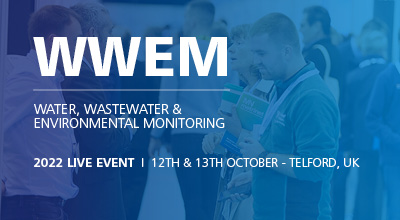

The House of Commons is considering amendments to the hotly-debated Environment Bill, sections of which update provisions for the improvement and protection of Britain’s water-ways. In particular, public discourse has centred on the issue of untreated sewage being routinely discharged into rivers across the U.K. From many quarters, concerns have been raised over the legislation’s ability to fulfil its purported aim of curbing this practice. But from the rest, the response has been plain bemusement: just how dirty are our rivers, then, if dumping sewage into rivers is legal?
Figures suggest that in 2020, no river in England or Wales met recognised criteria for being in good overall health. Such poor conditions threaten not only public safety but agricultural stability, arability, and wildlife. It is, therefore, important for businesses reliant upon or located near rivers to know exactly which areas pose the greatest risk. Businesses reliant on rivers can consult this interactive map, designed by the Rivers Trust, which shows exactly where all of the CSOs are in the U.K., making it quick and easy to determine the safety of a particular stretch of river.
Recently, under pressure from various sections of the public, parliament tacked an amendment onto the Environment Bill requiring any ‘sewage undertaker whose area is wholly or mainly in England’ to work towards a ‘progressive reduction’ in the volume of untreated sewage discharged into waterways. This is, in fact, a slight rephrasing of an amendment drawn up by the Duke of Wellington in the House of Lords - a rephrasing which the Rivers Trust thinks makes the amendment ‘weaker’. Indeed, a number of pressure groups have called into question the Bill’s efficacy, highlighting the potential loopholes inherent in phrases like ‘progressive reduction’.
These measures - and the backlash which surrounds them - are an indication that pollution from raw sewage is a main source of pollution in rivers. Whilst reducing emissions is undoubtedly at the top of any environmental agenda, for many, many British businesses and families, river pollution is more immediately devastating. - change to something more general.
Take the example of the Helmes’ family farm in Herefordshire. Nestled on the banks of the River Ludd, it is no stranger to seasonal flooding - even if, as was the case in February of last year, such flooding reaches historic levels. But when the water receded, the pastures and fields were strewn with human waste, raw sewage and wet wipes, rendered contaminated and unusable. About a mile upstream from the farm, a combined storm overflow (CSO), an effluent used to eject untreated wastewater from water-treatment facilities, opens into the River Ludd. This particular CSO, out of which poured the pollutants that ruined the Helmes’ land, is part of Leominster Sewage Treatment Works, a facility owned and operated by Welsh Water.
According to the Environment Agency, CSOs across the U.K. were used 400,000 times in 2020, 63 of which can be attributed to Leominster. Indeed, the Rivers Trust considers that in 53% of cases where rivers in England specifically fail cleanliness tests, it is because of contamination by untreated sewage from CSOs. When the Helmes’ family farm was flooded with contaminated water, then, it would have seemed an unprecedented personal tragedy. But from a national perspective, what happened that morning in February was routine and unremarkable.
In legislating a reduction in the discharge of untreated sewage via CSO, the enforcement of parliament’s new Environment Bill requires that monitoring efforts in both rivers and water-treatment facilities be stepped up, thereby enabling the quick location of and response to hot-spots and leaks, as well as improving water-treatment itself. To find out more about how companies are assessing risks to health in water, take a look at our article on How Does Waste-water Epidemiology Work?